Will-O-Wisps, Fairy Fires, and the Wandering Man: Investigating America’s Legendary Spook Lights
In the past decade, as ghost hunters traded their film cameras for instant digital ones, the phenomenon of orbs (which most of us have grown to loathe) exploded on the scene. In fact, anyone with a camera and an internet connection seemed to be posting photos of translucent circles on websites and message boards claiming these as proof-positive that dead people returned to earth floating around like Glinda the Good Witch. It might sound like the idea of spirit orbs is an invention of the 21st Century. Actually, the basic concept goes back much further. To see the evidence, all we have to do is look down our neighborhood streets on Halloween night.
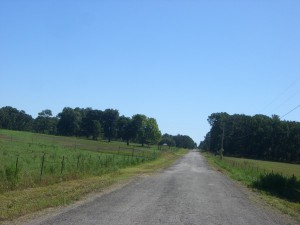
“Spook Light Road” in Oklahoma near old Route 66 where lights have been witnessed in neighboring fields for decades.
Long before the advent of the photograph, people reported seeing strange lights or balls of light which they associated with ghosts, faeries, and other supernatural beings. They were given many names, each one having its own story or superstition attached to it. Commonly, they were referred to as “ghost lights” or “spook lights.” Many reports were near marshes or bogs, leading most scientists to dismiss all cases as swamp gas. Their explanations are still argued to this day, yet we’ve forgotten some of the truly bizarre ghost light tales of the past.
Popular in parts of medieval Europe was the idea of the Corpse Candle (not to be confused with the Hand of Fate), or glowing balls of blue, red, or white light observed in cemeteries and along roads. It was believed these lights were a forewarning of death; some superstitions held that the lights would follow a coming funeral route, leading from the front door of the person who would soon be dead to his or her grave. Others believed the lights accompanied the souls of people who were still lingering after death. After all, ghosts needed some way to light their way on their nightly hauntings. The strange thing about these lights was that they couldn’t be approached. If someone tried to walk up to it, the light would dim or vanish.
ADVERTISEMENT
Similar lights, known as “Fairy Fire” in Welsh folklore, were said to be carried throughout the British Isles by those pesky flying goblins we call faeries (or púca to the Celts; where we get the name Puck from Shakespeare’s A Midsummer Night’s Dream) in their effort to lure travelers into danger. The lights were said to lead unsuspecting people into bogs to be lost forever. This belief led to another name, ignis fatuus (a Latin term meaning “foolish fire”), since you would have to be a fool to follow them to your death. The idea of these lights being dangerous, alluring beacons also factored into the backstory of one popular name used in Great Britain and among early American colonists: will-o’-wisp.
Though there were several variations of the origin of the will-o’-wisp (or will-o’-the-wisp), the light was always attributed to a specific person known only as William. According to one version discussed by author Charles Dickens in his weekly magazine All the Year Round on March 11, 1871:
“…St. Peter was once travelling on horseback; his horse lost a shoe; a [black]smith named Will put on a new one: and St. Peter was so pleased with the manner in which the work was done, that he offered to grant any favour the smith might ask. Will, who was getting advanced in years, begged that he might be made young again. It was done, and he spent a very rollicking and rakish life. One result of this was, that he became Will o’ the Wisp, going about the world to lure travellers to their death. The Wisp is understood to mean an ignited twist of straws…”
A light carried by a wandering man? That sounds a little like another Irish tradition which brings us to the common story behind the modern-day Jack-o’-Lantern. There is some confusion over the origin of the jack-o’-lantern. Many 19th century books mention the name being derived from Jack-o’-Lent, a tradition from Tudor England where a figure made of straw representing Judas was dragged through the streets and stoned before being burned over a bonfire on Palm Sunday. The more likely origin, however, is an old folktale about a man so wicked that his light wandered the British Isles for all eternity.
Known by many accounts as “Stingy Jack,” a rather selfish farmer was said to have lived in southern Ireland many centuries ago. Jack had been banned from heaven for his bad behavior and likewise banished from hell after tricking the devil and two of his messengers. When Jack finally died, he was forced to wander the earth until Judgment Day carrying a lantern made from a hollowed-out turnip holding a hot coal. It became a tradition to carve turnips and other vegetables with horrible faces lit by a candle and place them in windows to ward off evil spirits (or, perhaps, Jack himself—the worst of all beings). Early Irish immigrants in colonial America found the native pumpkin much easier to carve, and so the tradition continued into modern times.
As with many legends, there are other versions told of the same story. Some say he was a blacksmith; Jack tricked the devil into turning himself into a coin in some retellings. But the end result is still the same: a man doomed to wander the earth by lantern light. Aside from eternal damnation, nothing scared our ancestors more than the thought of being trapped in limbo or doomed to walk the earth instead of floating in some cloud-like heaven. We may never know the explanations behind some of history’s puzzling spook lights, but you have to admit, it’s a far more creative idea than ghost travel pods only visible with a digital camera.
What do you think about about orbs? Let us know in the comments below. Tweet us @WeirdHQ, drop us a line on Facebook, and start a conversation!
MORE GREAT STORIES FROM WEEK IN WEIRD:


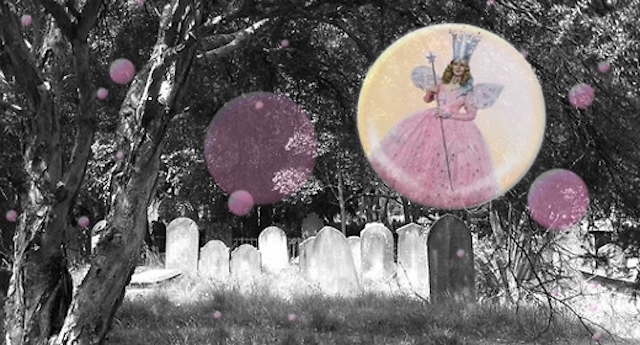
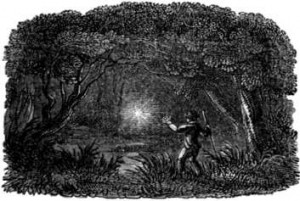

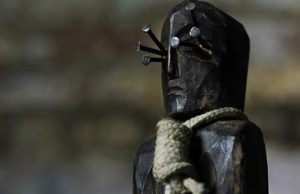
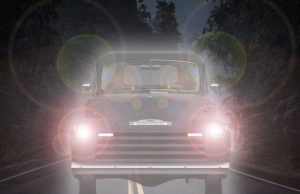
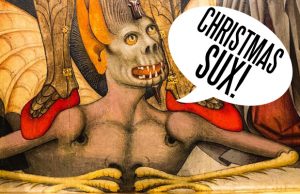
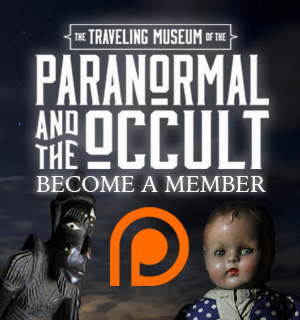
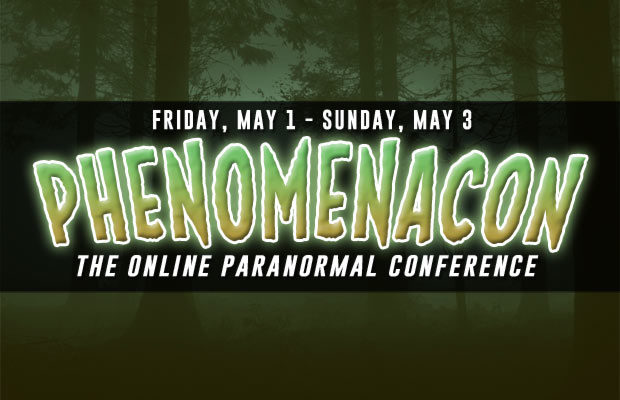
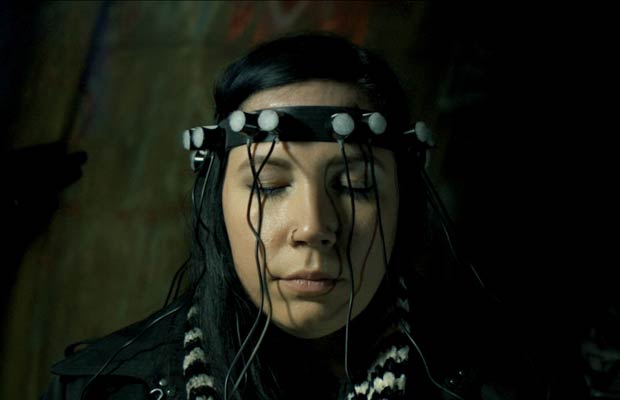
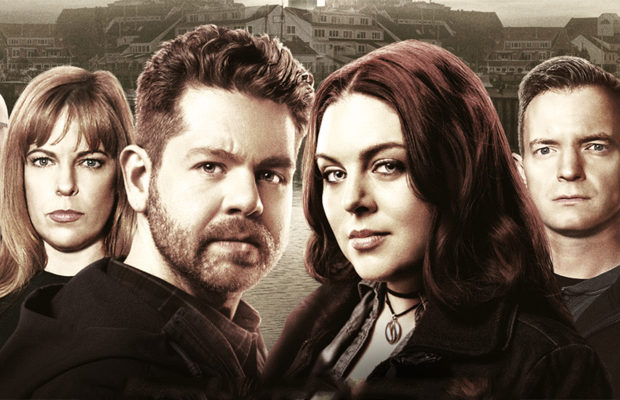
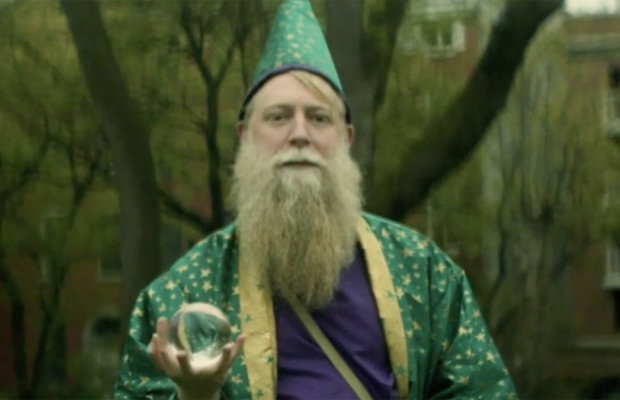

You must be logged in to post a comment Login